Pulitzer Prize-winning journalists Azmat Khan and Haley Willis hosted a workshop to discuss the strategies behind open-source intelligence reporting.
On Tuesday, February 11, Professors Azmat Khan and Haley Willis spoke at Columbia’s Pulitzer Hall as part of the Conflict & OSINT Reporting Open Workshop series. The professors shared valuable insights into their methodological approach to open-source intelligence reporting. Open Source Intelligence, also known as OSINT, is a reporting strategy centered on investigating and analyzing public information, such as government reports, aerial photography, and social media posts. With vast amounts of public information available online, OSINT allows thorough intelligence reports to reveal insights into political events and developing news stories.
As students packed into the World Room, it was apparent that everyone was excited to hear from the two notable journalists. Before the event, the audience was filled with chattering conversations—not only between students interested in investigative journalism but also those familiar with the speakers’ impactful work.
The event began with introductions from Professors Azmat Khan and Haley Willis, who both expressed how the path to investigative journalism is flexible.
Before the event, I was aware of Khan’s investigative work as a Pulitzer Prize-winning reporter. Alongside being an Assistant Professor at Columbia Journalism School and leading the Li Center for Global Journalism, Khan is an investigative reporter at the New York Times. She spoke on how her background in election reporting led her to investigative journalism.
Willis is a Pulitzer Prize-winning video journalist with the New York Times Visual Investigations team. Her work “combines traditional reporting with digital and open source methods to break news and hold the powerful to account,” she explained how her experience with archival work grew her interest in journalism.
Willis then elaborated on the significance of investigative methods, using her past works as case studies to demonstrate and reference how a story develops. Providing a step-by-step analysis of the verification process, Willis emphasized the OSINT mindset as a foundation for reporting. This approach entails carefully assessing digital content by addressing key questions: Who, Where, When, and What. Understanding the background of digital content is essential, as Willis presented numerous cases where news organizations mistakenly identified locations and dates of digital content, often presenting past videos and images as current news.
Khan also brought up the importance of maintaining such online materials and sources, particularly today. She discussed how vast amounts of images and videos are shared daily, making it crucial to archive relevant sources related to stories. To preserve online content, platforms like the Wayback Machine can help capture online pages that are alarmingly edited and changed without explanation.
As the event ended, the professors highlighted the ethical process of investigative journalism and the advantages of open-source intelligence methods. Khan and Willis reiterated the necessity of digital verification and archiving, underscoring the responsibility that comes with handling public online evidence. Their insights showcased the power of OSINT in uncovering the truth while also reinforcing the need for accuracy and careful analysis. I enjoyed hearing from such accomplished and determined journalists and look forward to attending more workshops in the series.
Lecture room via Columbia Journalism School


 0 Comments
0 Comments